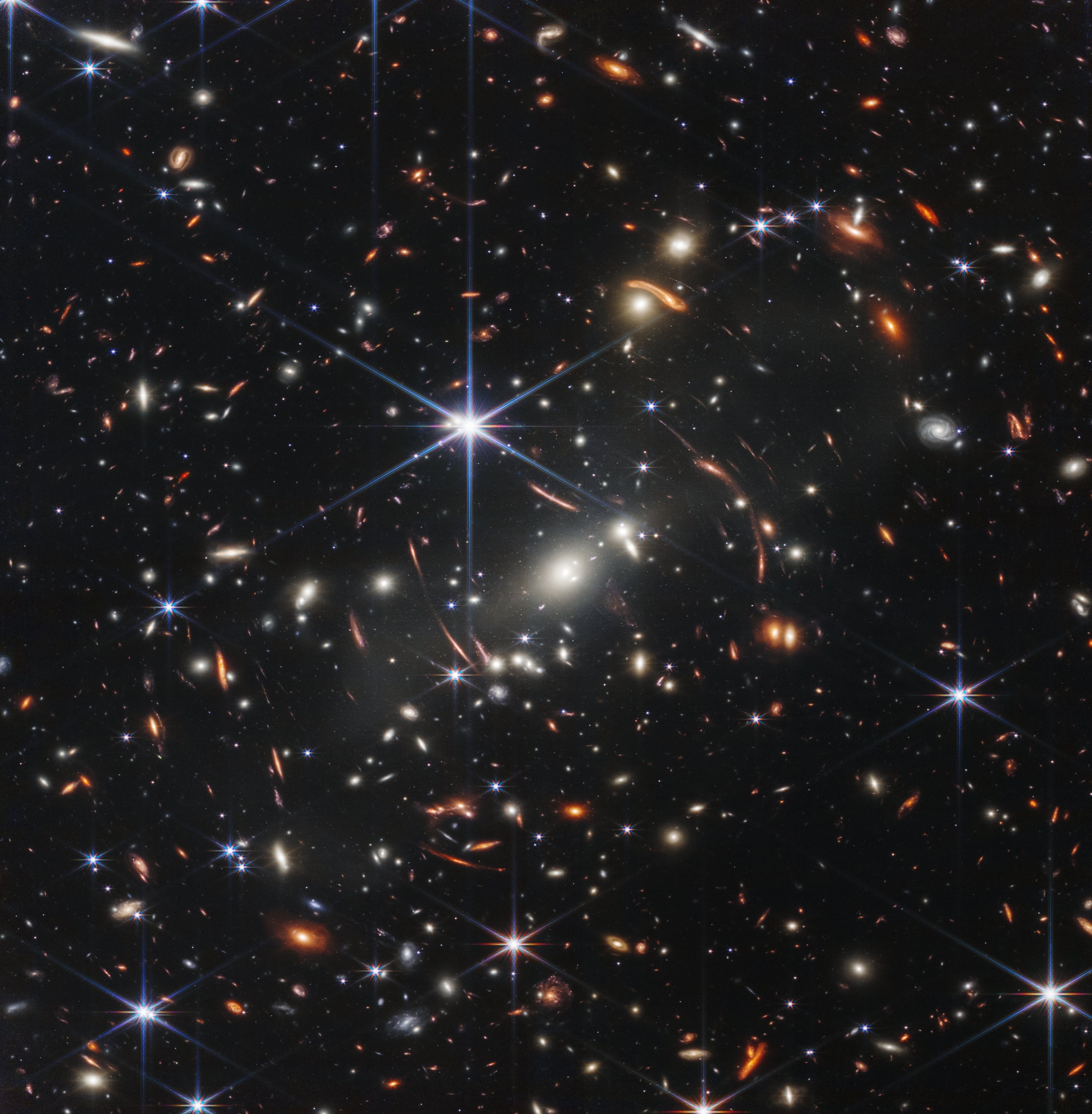What is James Webb Space Telescope and why are the new images so important?
The first images from the Webb telescope represent stunning technical and human achievements and the beginnings of new worlds of knowledge

The first pictures from the James Webb Space Telescope have been made public, beginning with the first image of deep space revealed by US president Joe Biden, the furthest humanity has ever seen into the recesses of the universe, and the deepest anyone has ever peered backward in time.
Nasa is set to reveal more Webb images beginning at 10.30am EDT on the space agency’s website.
The images are stunning, beautiful, and represent an incredible technical accomplishment. But they also represent a stunning human accomplishment — the culmination of decades of work by scientists, engineers and technicians, and the return on investment of billions of dollars, according to interdisciplinary scientist on the James Webb Space Telescope project Heidi Hammel.
The images mark the very beginning of decades of more science to come that will tell us more than ever before about where humanity has come from and where we are going.
“[Webb] is a positive example of what we as a species can do when people of good faith work across national boundaries to share a dream and dare to do amazing things,” Dr Hammel told The Independent in an interview. “Humanity is the better for it.”
Conceptual work on what would become the Webb telescope began back in 1996, then dubbed The Next Generation Space Telescope, the planned successor to the Hubble Space Telescope, which was launched in 1990.
But Webb was always intended to go beyond Hubble’s capabilities, beginning with a much larger mirror, allowing it to collect more light to see more distant, fainter objects. Webb’s primary mirror is 6.5 metres in diametre, compared to the just 2.4-metre diametre mirror of Hubble, according to University of Chicago Cosmologist Michael Gladders.
Which means that it could render sharper images than Hubble and bring to bear instruments to seek answers for fundamental questions about life and the universe with greater detail than ever before.
“JWST will revolutionize our understanding of the cosmos across an enormous range of scales,” he said, “from the properties of planets orbiting other nearby stars, to the first stars that formed out of primordial gas in the universe’s dark ages, not long after the Big Bang.”
The furthest galaxies in the Webb deep field image released on Monday are about 13 billion years old, but Webb will go further than that. Where Hubble has imaged galaxies forming around 480 million years after the Big Bang, Webb will eventually image galaxies forming within 200 million years of the Big Bang.
It’s that time of viewing, of which Monday’s image is just a task of things to come, that points to how Webb could change our understanding of how life — how everything — came to be.
“What happened after the big bang?” Nobel Prize winning astrophysicist and senior Webb project scientist at Nasa’s Goddard Space Flight Center John Mather said in a statement. “How did the expanding universe cool down and make black holes and galaxies and stars and planets and people?”
The full suite of Webb’s first images to be released on Tuesday will also offer hints at how the instrument could change human understanding of our place in the universe.
In addition to sharper, more detailed images of targets previously imaged by Hubble, such as the Carina and Southern Wheel Nebulae, the suite will include the spectrum of light from the exoplanet WASP-96 b, a gas giant about half Jupiter’s size about 1,150 light years from Earth.
Webb’s spectrograph will break the starlight passing through WASP-96 b’s atmosphere into its constituent frequencies, which scientists can then use to characterize the chemical composition of the planet’s atmosphere.
Applied to the more than 5,000 exoplanets discovered so far, Webb will have possibly the best chance yet to detect atmospheric biosignatures of alien life, organisms altering another world’s atmosphere the way early microbes changed Earth’s atmosphere by producing oxygen.
Join our commenting forum
Join thought-provoking conversations, follow other Independent readers and see their replies
Comments